
One of the most important distinctions between O the pharaohs of ancient Egypt and other rulers throughout history is that the pharaohs were revered as gods, and this meant they were treated as such. The pharaoh was truly believed to be an incarnation of the god Horus, and they were therefore seen as a spiritual link between the ordinary Egyptian people and their deities.
Thus, from the moment they became pharaoh, their rule was celebrated with great fanfare, with the festivities celebrating their coronation lasting for an entire year. After the pharaoh had attended the burial of their predecessor, there would be elaborate feasts, offerings to the gods, and grand processions down the River Nile.
A further celebration would eventually occur around the 30th year of their rule (assuming they made it that far), known as the Sed festival. This would commemorate the continued rule of the pharaoh and renew both the spiritual and physical energy of their reign. The pharaoh would normally wear an animal tail attached to their kilt during the festivities, and would have to run laps to prove their fitness to rule. After the first Sed festival, the celebrations would be repeated every three years or so.
Of course, to ensure that their dynasty flourished, pharaohs would be expected to marry, and this would often be to a close relative in order to keep the royal bloodline pure. The pharaoh could have multiple wives, but only one would be the 'great wife' or queen consort, and it was the children of this spouse that would take precedence as heirs. Having plenty of partners sometimes led to pharaohs having a startlingly high number of offspring: Ramesses II (r1279-1213 BC), for example, is believed to have had at least eight official wives and fathered more than 100 children.
Denne historien er fra June 2022-utgaven av History Revealed.
Start din 7-dagers gratis prøveperiode på Magzter GOLD for å få tilgang til tusenvis av utvalgte premiumhistorier og 9000+ magasiner og aviser.
Allerede abonnent ? Logg på
Denne historien er fra June 2022-utgaven av History Revealed.
Start din 7-dagers gratis prøveperiode på Magzter GOLD for å få tilgang til tusenvis av utvalgte premiumhistorier og 9000+ magasiner og aviser.
Allerede abonnent? Logg på
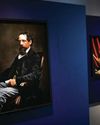
'Dickens's evocation of the fears, excitement and confusion of childhood is peerless'
DR LEE JACKSON ON WHY CHARLES DICKENS REMAINS RELEVANT TODAY
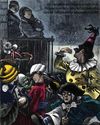
THE AUTHOR GOES ABROAD
Dickens expanded his horizons and boosted his fan-base by venturing overseas - but global fame came with a cost
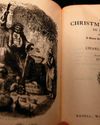
REVIVING THE FESTIVE SPIRIT
A Christmas Carol wasn't just a bestseller - it changed the way that Britons chose to mark the festive season

GIVING THE POOR A VOICE
From Hard Times to Oliver Twist, Charles Dickens used his pen to help illuminate the lives of the less fortunate

A JOURNEY THROUGH DICKENS'S LONDON
The works of Charles Dickens are synonymous with visions of Victorian London. We talk to Dr Lee Jackson about the author's love of the capital, and the locations that most inspired him
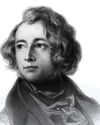
EXCEEDING EXPECTATIONS
Dr Lee Jackson chronicles Charles Dickens's journey from down-at-luck teenager to titan of Victorian literature

GIFTS, TREES & FEASTING
We take a journey through the photo archives to reveal how Christmas and its many traditions have been celebrated over the years - and around the world
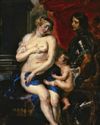
WHAT GREAT PAINTINGS SAY
We explore the story behind an allegorical painting that celebrates the triumph of love over hate, peace over war
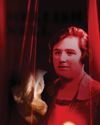
HELLISH NELL
Malcolm Gaskill delves into the life of Helen Duncan - the fraudulent Scottish medium whose ectoplasm-filled seances saw her ending up on the wrong side of the law

7 THINGS YOU (PROBABLY) DIDN'T KNOW ABOUT THE WHITE HOUSE
Presidential historian Dr Lindsay M Chervinsky reveals some of the most surprising facts about the world-famous US residence